I am looking out on my white snowy garden, watching a tiny mouse run along the edge of the wall, eating German Christmas cookies, listening to the CD I bought at Tuesdays Dom concert by the "Stockholms Musikgymnasiums Kammarkör." This choir was the first-place winner of the International Chamber-Choir Competition in 2009. They were in Berlin to sing at the Federal Foreign Office, an event organized as a musical thanks to Germany for its support of the Swedish EU presidency. They sang there on Monday and at the Dom on Tuesday, presenting these two concerts for the big Swedish feast day of St. Lucia.
(As the name implies, this is a Chamber Choir from the music high school in Stockholm. It was begun in 1989 as an addition to the program for senior-level singers, a fact I note with mild interest, given the celebrations here this year commemorating reunification and the fall of the Wall, also in 1989.)
It was an entrancing evening, my first visit to the Berliner Dom, as I have been too cheap to pay the €5 admission just to look at yet another Baroque cathedral, especially one hailing from the 20th century and not one that Baroque composers such as Bach or Handel would ever have enchanted with their presence. And this one really is pretty much what its name implies - a huge dome sitting on its piers, enclosing an enormous unbroken interior space - no long, vaulted aisles or transept chapels - and without those peripheral spaces it is accoustically like sitting inside a huge bell. The music really rings.
St. Lucia became a biggie in Swedish lore although she was a Sicilian virgin martyr. (I researched the tradition once for a book I wrote for the Seattle Children's Museum; my younger daughter also did a report on this and I made her a Lucia outfit for her school presentation, although with fake candles. I consider myself fairly Lucia-friendly.) Lucia is celebrated as a 'bringer of light' on the darkest day of the year in one of the darkest parts of the world, and as a help during a terrible famine. Once when people were starving in Sweden, a boat filled with food was seen upon Lake Vannern, a woman at the helm with a glow about her head. She was recognized as Lucia because one of the other legends already circulating about her was that she took food to Christians hiding in the catacombs and in order to see her way through the tunnels she wore candles on her head. This early headlamp became her trademark and explains why the Swedish Lucia girl - or "bride" - wears a crown of candles as she takes her tray of coffee and buns around the neighborhood. There are enough versions of how Lucia lost her eyeballs - later miraculously restored, of course! - to fill a whole blog entry alone.
The choir - about 40 singers aged 16-19 - was dressed in full Lucia Day regalia: the girls wore long white gowns with red satin sashes, red and green twined garlands on their heads and the boys wore starboy outfits which only need ruffled collars and large black pompoms to double as costumes for a producion of Pagliacci. They are basically white pajamas and tall white pointed hats with varying degrees of decoration - star and moon cutouts and a few strands of tinsel for the most part. (It looked suspiciously as though the young men had made and decorated their own hats.) It was a little hard to take them seriously at first, looking like so many overgrown schoolboy dunces of another century, but their musicality more than made up for the initial distraction of this peculiar traditional garb.
The choir processed down the main aisle of the darkened Dom, holding candles - yes! real lighted candles! - which provided most of the light for the whole evening, and once they were in position in front of the altar they sang the Lucia bride down the aisle on her own. This girl didn't get to sing very much as her job was to carry the blazing 7-candle gold crown on her head to the front of the choir and stand there - also holding a candle in her hands - while being serenaded by her choirmates for the first half of the concert. She was able to join the singing once the conductor finally lifted the crown off and laid it on a stand, where it continued to flame for the second half, making a weird candelabrum with definite medieval reliquary overtones. (But then, I had just been to see a fine collection of such medieval objects at the Kunstgewerbemuseum and was particularly alert to this echo.) The crown goes beyond a mere 4-candle Advent wreath - there are 6 long, thick candles around the head and one right on top. It is this last one, with its necessary curved cross-pieces meeting at the top of the head, that gave it the feel of something still inhabited while sitting on its own. I admit to having gotten a little worked up over the fate of that poor 15-year-old Sicilian girl while gazing at this illuminated headpiece, musing on her story and the terrible sufferings imposed by intolerance while listening to haunting music in the semi-dark. Fortunately for my public face I did not cry until I got home.
So, they sang carols in Swedish and German - all the music memorized - and moved around within the space a bit for variety. At one point they spread out through the cathedral and performed a song that morphed and shifted chords among their various positions, which must have been very difficult both to perform and to direct in such a darkened cavernous space. It was eerie and mystical, all those trained voices clear as bells in a cold winter night, right on cue although they could barely see their director. They reassembled, sang "Silent Night" while the Lucia bride was once again crowned with the still-burning candles. They serenaded her back down the aisle to "Santa Lucia" and then followed her out with subsequent verses. They could not be persuaded to do an encore. We tried.
I followed this with a second concert on Wednesday evening, also at the Dom. This was by the 10-piece brass choir "German Brass" and although the first half of the program focused on Bach and Handel it had much more the feel of a pops concert, which was a little jarring during the swingier numbers of the second half as they perform right at the marble altar with its crucifix front and center. I was also reminded why all brass, all evening, has not been something I seek out with regularity. Don't get me wrong, they did wonderful things with their instruments - sounded very like an organ on Bach's great Toccata and Fugue, like saxophones and almost like strings a time or two, superb musicians all. But as with any choir of like instruments, the texture and timbre of the sound has a certain constant, no matter the efforts to vary the voices, tempo and mood. It was a LOT of brass.
I bought a cheap ticket from a man selling his in the lobby, figuring that with a brass concert the location wouldn't be as important to me as it had been for the choir concert, for which I bought a good seat. Since the concert did not sell out, though, we lucky holders of the humble seats were moved into better ones, a real bargain, although I seem to be a magnet for people who insist on whispering during performances.
Of the pops numbers they performed, the most memorable was their first encore (they did two), a number I almost know but can't quite place, a rhythmic Latin tune with great trombone slides. The choir had comprised 4 trumpets, 3 trombones, 2 French horns, and a tuba; one of the horns also doubled as moderator, reciting a good bit of German doggerel to introduce each number in a most incomprehensible (to me) fashion. For the encore, however, all but two of them played trombone. After exiting to applause, a really large bass trombone (double bass? I know next to nothing about brass instruments) reappeared alone to begin the number. He was joined after a bit by a slightly smaller instrument who repeated the riff until a third and smaller one came out who repeated it again...and they kept coming and shrinking and playing until there were 8 trombones ranging in size from the large bass to one so tiny it looked like it could hang on a Christmas tree. They were like musical Matryushka dolls. (The other two musicians played maracas and guiro.) They were beautiful instruments, too, no doubt custom crafted for perfect sound. It was great fun, in spite of the crucifix.
I am off to my third Dom concert tomorrow, a late afternoon program of 17th century choral music. And then I hope to attend some at other venues, but it's hard to beat the Dom's offerings. However, St. Hedwig awaits, as does St. Marie and St. Nikolai so I will try and be generous with myself and make the rounds. So much music...
Subscribe to:
Post Comments (Atom)

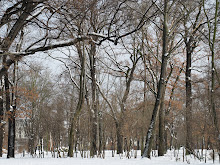






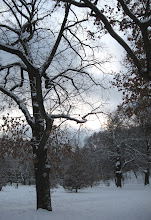

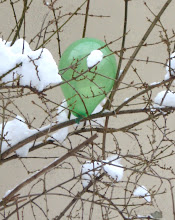

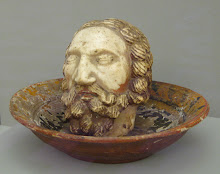

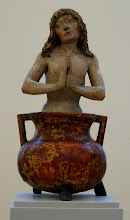
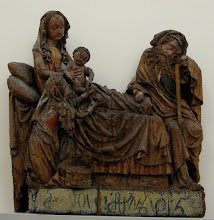


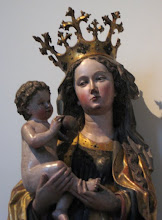

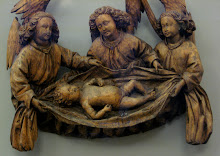
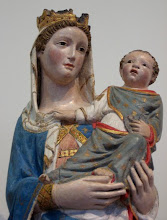



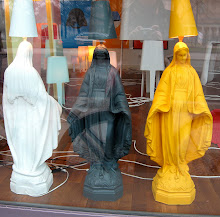
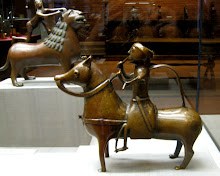
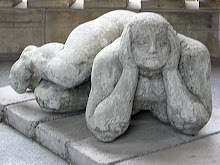







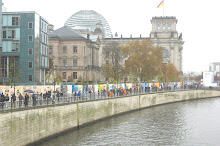
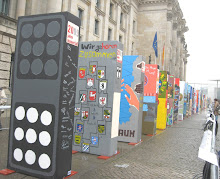











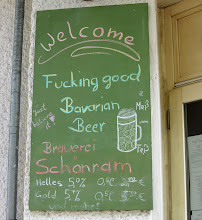
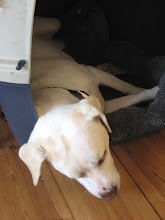
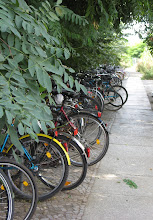
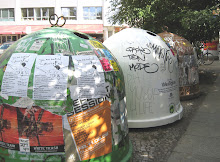






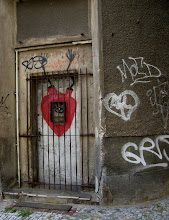


I think Christmas alone a challenge but one you seem to be fearlessly attacking with the concerts. We're attacking our holiday challenges with a visit to Seattle to be with my sister and her family. Our son is flying in from FL for the event and various local relatives of my brother-in-law will be here as well. All that said, not much of a challenge as we all enjoy each other's company, the weather seems not too cold and not too rainy for Seattle. Our holidays have changed so much since Steve's retirement; I don't really mind having to be someplace at the right time with the right dozens of cookies in hand:) Give Maggie a few people hugs from me and tell her how lucky her Mom didn't leave her at home with the dog sitter for the season:)!
ReplyDelete